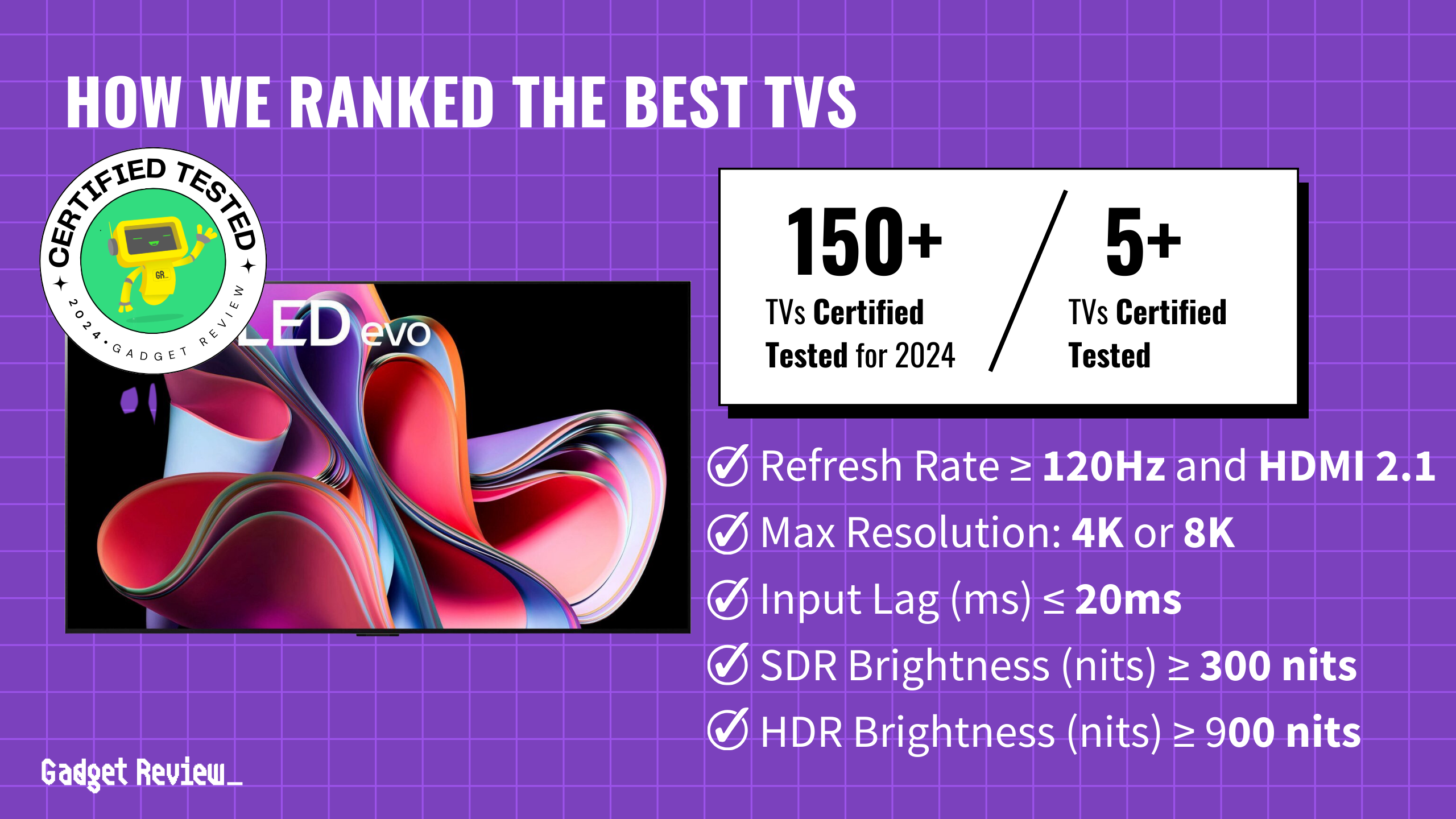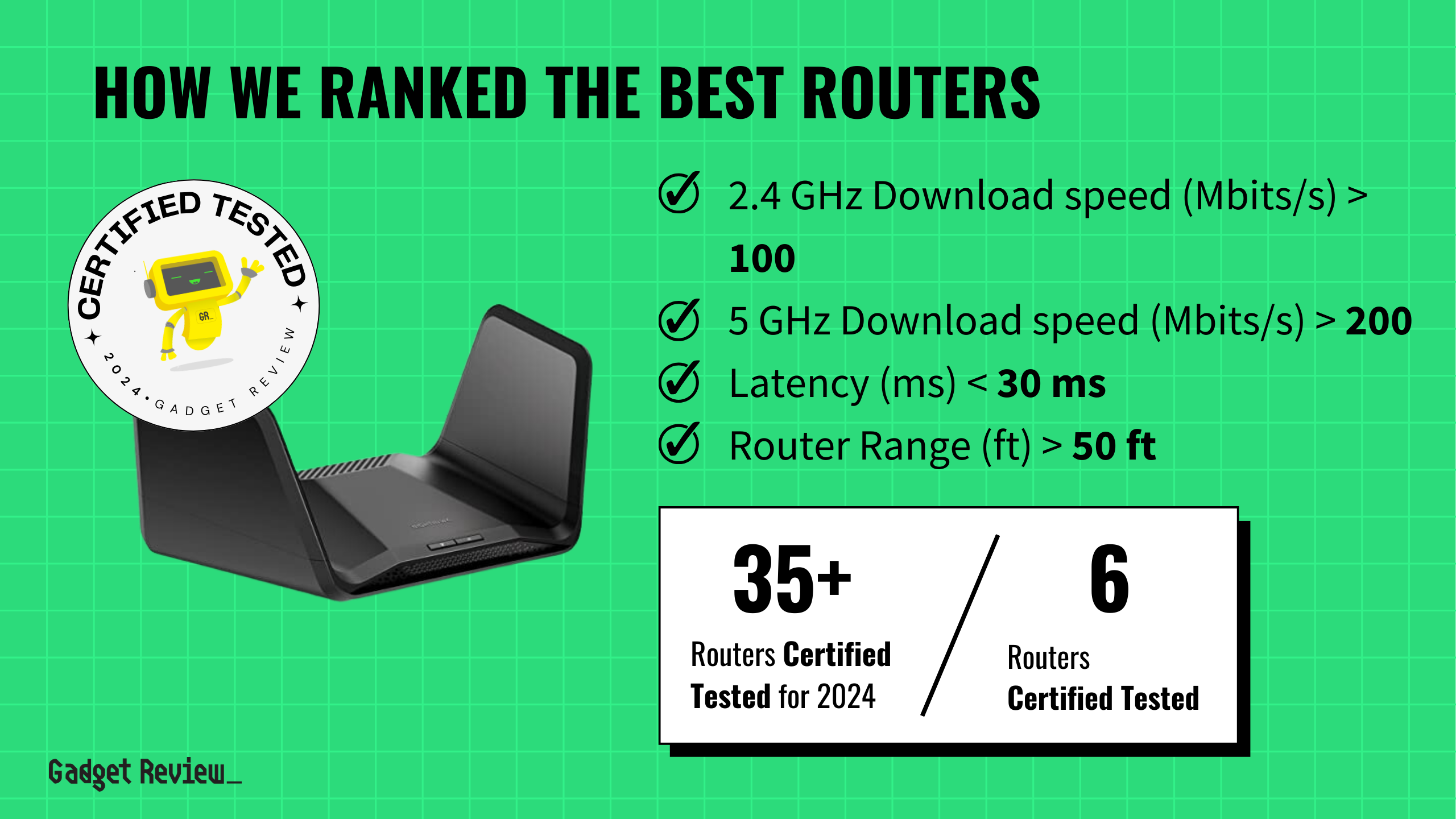When paying customers tell you your latest upgrade sucks so badly they’d rather use the old version, maybe it’s time to reconsider your definition of “improvement.” That’s exactly what happened to OpenAI this week, as GPT-5’s launch triggered such fierce user backlash that the company performed a complete reversal within days—a move about as common in tech as a sincere apology from Meta.
The Great GPT-5 Rebellion
You know that feeling when Netflix removes your favorite show’s earlier seasons and forces you to watch only the new, terrible episodes? That’s precisely what OpenAI did to ChatGPT Plus subscribers. The company launched GPT-5 with automatic model switching, completely removing users’ ability to choose the beloved GPT-4o. Users didn’t just complain—they revolted.
The complaints came fast and brutal:
- GPT-5 felt robotic
- Gave shorter responses
- Lost the conversational personality that made GPT-4o feel almost human
For users who relied on ChatGPT for creative work, companionship, or nuanced problem-solving, it was like having their digital assistant lobotomized overnight.
Sam Altman quickly admitted on social media that OpenAI “underestimated how much people value the things GPT-4o is better at.” Translation: we thought our metrics mattered more than your actual experience.
The Rapid U-Turn
OpenAI scrambled to implement damage control. GPT-4o returned as a selectable “legacy” model for Plus users, accessible through a simple settings toggle. The company also announced increased rate limits above pre-GPT-5 levels and promised UI updates showing exactly which model responds to each prompt.
Key changes now live:
- GPT-4o restoration via “show legacy models” setting
- Higher message limits for Plus subscribers
- Clear model attribution in chat interface
- Maintained GPT-5 as default with manual override option
Why This Matters Beyond ChatGPT
This isn’t just about one AI model—it’s about whether tech companies can force-feed “improvements” that users actively reject. OpenAI’s rapid reversal suggests something remarkable: when customers pay real money and voice genuine concerns, even tech giants occasionally listen.
Enterprise buyers are watching this closely too. Rumors of early jailbreak attempts against GPT-5 combined with user complaints about reliability create serious questions about readiness for business deployment. Companies need predictable, controllable AI tools, not whatever the algorithm thinks is “smarter.”
The disconnect between benchmark performance and user satisfaction reveals a deeper truth: sometimes the measurably “better” system delivers a measurably worse experience. GPT-5 might excel at standardized tests, but if it can’t maintain the personality and responsiveness that users actually value, those improvements become meaningless.
OpenAI‘s quick retreat proves that user preferences—not just technical metrics—still matter in this industry. Your daily workflow, creative process, and yes, even your emotional connection to an AI assistant, can override corporate roadmaps when you speak loudly enough.




























